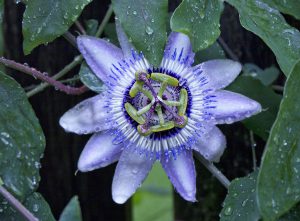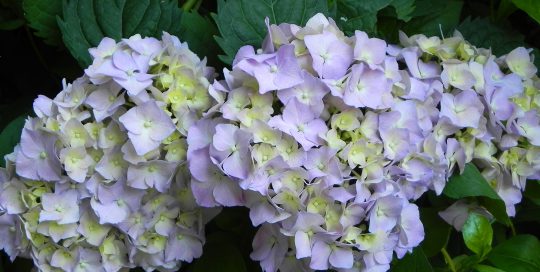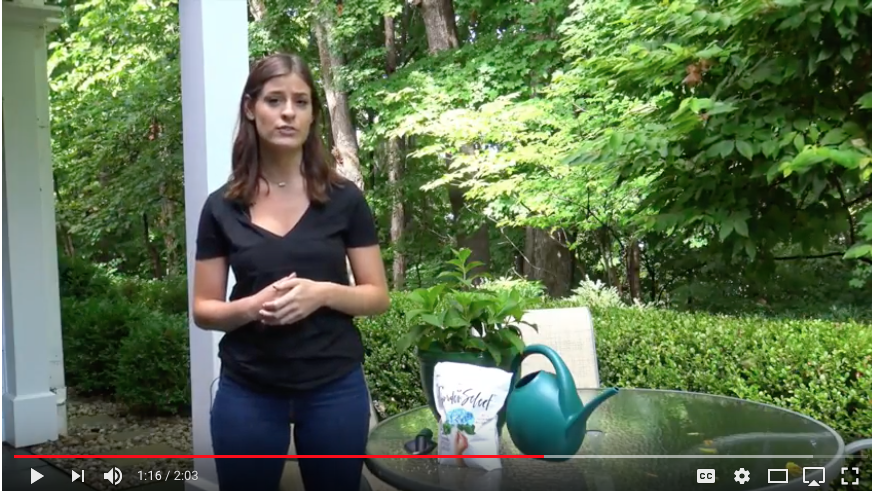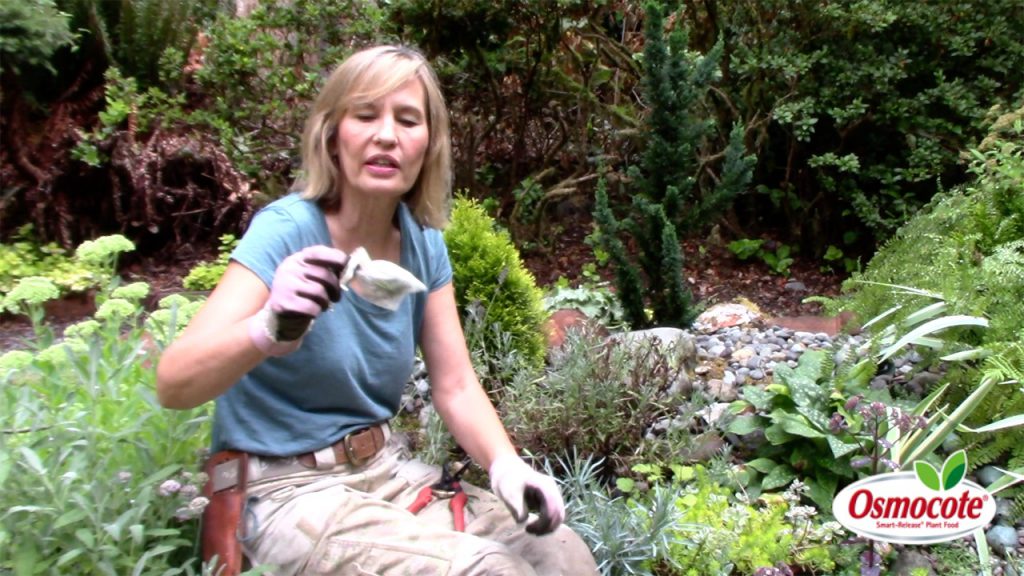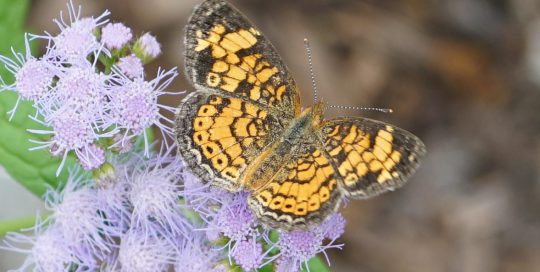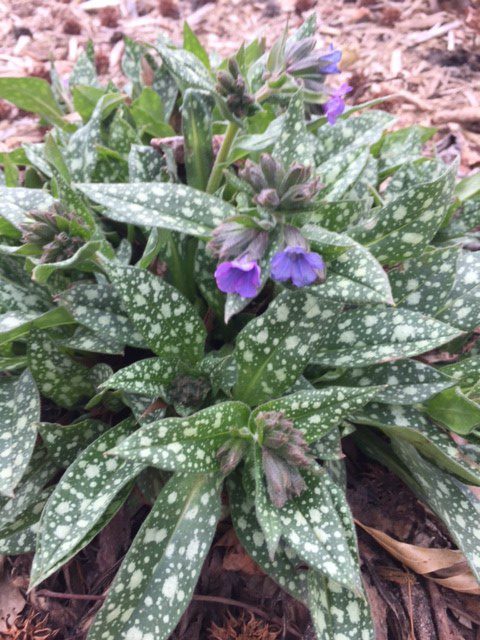Late spring blues
Blooming in the sun around the same time are Siberian iris and Centaurea, or perennial bachelor’s buttons. While these are not the only plants with blue flowers that bloom around early May, they are among the easiest. Unlike the bearded iris we are mostly familiar with, the Siberian types (Iris siberica) only need to be divided every three or four years. After blooming, their supple upright leaves remain fresh throughout the season. Siberian iris come in colors that range from white to pale yellow, pink, blue, and purple.
One of the bluest flowers appears on perennial bachelor’s buttons, or Centaurea. It is available in colors that range from purple to blue, and most recently, white. Centaurea ‘Amethyst in Snow’ a white flowered variety, sports a deep purple center, just like its blue counterpart, Centaurea‘Amethyst Dream’. I like to plant the two together, the plants’ centers creating a color echo, in which each variety shares a specific hue.
Looking right at home at a woodland’s edge Camassia blooms in varying shades of blue. This hardy American native will tolerate damp meadows, but does equally well in a drier spot. It blooms best in partial shade, but will flower in full sun as well. One of the deepest blue varieties, ‘Blue Danube’, looks great with a golden-leaved hosta in the background, the Camassia’s deep yellow stamens echoing the yellow hosta.
The University of Illinois Extension defines a color echo as repeating a similar color in different plants can be used to good effect.
Summertime blues
When the summer heats up, there are even more blue plants to choose from. Just a few annual flowers that come with blue flowers include Angelonia, Calibrachoa, Petunia, Salvia, and Verbena. Don’t forget the silvery foliage plants like the annuals Artemisia, curry plant, Dichondra ‘Silver Falls’, Dusty Miller, and Eucalyptus, all of which impart a cooling touch to blue flowers.
One of my favorite blues for summer is Salvia, especially the annual varieties. And if you’re looking for visits from hummingbirds, don’t think they only go for red flowers. Salvia ‘Amistad’, a deep purple shade, constantly hosts a hummer or two in search of nectar.
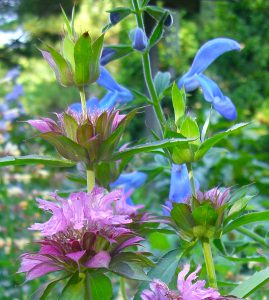
Salvia and Monardo – photo by Jean Starr
If you can find it, try dwarf morning glory (like Evolvulus ‘Blue My Mind’), which is much better mannered than morning glory. This true blue annual stands up to the hottest of temperatures without faltering if it’s kept watered.
Another unusual source of blue is passion flower. If you have long, hot summers and a spot with a full day’s sun, plant this vine and stand back. Depending on the variety, it will grow into a vigorous space hog or send out graceful, flower-covered vines. I’ve had pretty good luck with tropical passion vines from Grassy Knoll Exotic Plants in Portland, OR.
